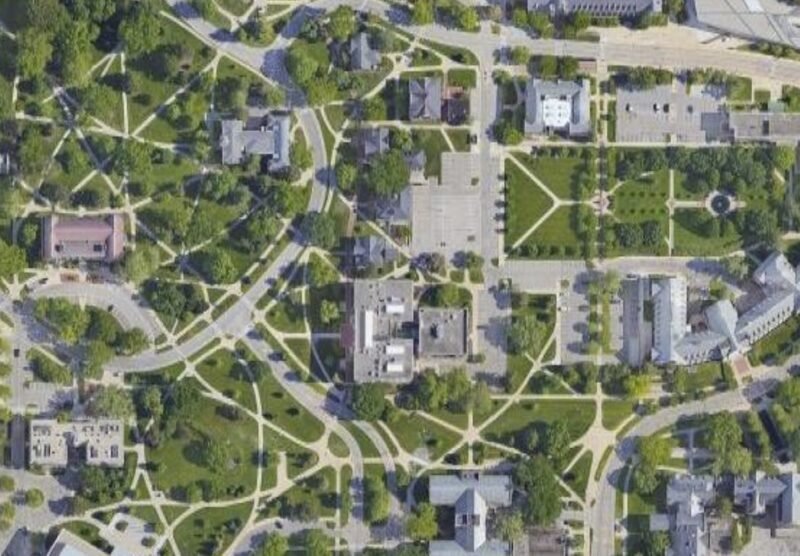Bottom-Up Urbanism Works! An Update From The Livable City Awards
In 2011, Philips announced the winners of the Livable Cities Award. With over 450 entries from 29 countries, Philips eventually put their support behind three great ideas for the livable city of the future. The winners received money and support from Philips to assist and promote their projects and implement them at a local level. Philips recently gave an update on the three winning projects, which gives us a good opportunity to take a closer look at the winners after 20 months of hard work!
Sabrina Faber’s Rainwater Aggregation Scheme saw the installation of rain-harvesting water tanks on the flat roofs of Sana’a, Yemen, solving the city’s common water shortage problem by ensuring access to clean drinking water. Her team reached their target of installing 25 tanks in Sana’a, promoting rainwater harvesting as a simple way to improve the city. Sabrina’s practical solutions in Sana’a provide a fantastic model for simple ways to make cities around the world more livable. She plans on taking her project to cities across Yemen.



James Kityo’s Shade Stands protect people waiting for the bus from the hot sun in Kampala, Uganda, while also providing a place to display useful information about health. His team has installed 45 Shade Stands, and has learnt that it’s more effective to work directly with communities at the local level than through top down government decision making. This bottom-up urbanism works since local leadership knows what’s best for their community, and is faster in responding to their community’s needs. James has received immensely positive feedback and his big picture plan is to build Shade Stands in other parts of Uganda, East Africa and the world!



In Buenos Aires, Manuel Rapoport noticed a shortage of outdoor public spaces. His pop-up ‘Plaza Movil’ is a portable street park that temporarily closes streets to traffic during weekends and holidays, transforming them into beautiful places to gather and play. The modular design can easily be moved from one location to another, helping to convert Buenos Aires’ congested streets into outdoor parks for people of all ages.


Manuel updates us from the debut of Plaza Movil at Technopolis, a technology fair in Buenos Aires. He has taken his vision all the way: the first Plaza Movil includes places to sit, play, an exhibition of local history within a shipping-container, even a climbing wall! Manuel and his team are planning to take Plaza Mobil to the streets of Buenos Aires’ La Boca neighbourhood next.
The three winners of the Philips Livable Cities Award demonstrate that the most innovative solutions for people lacking of amenities in cities are often the simplest. These ingenious interventions show again how creative urbanism at a local scale is central to a livable city.



